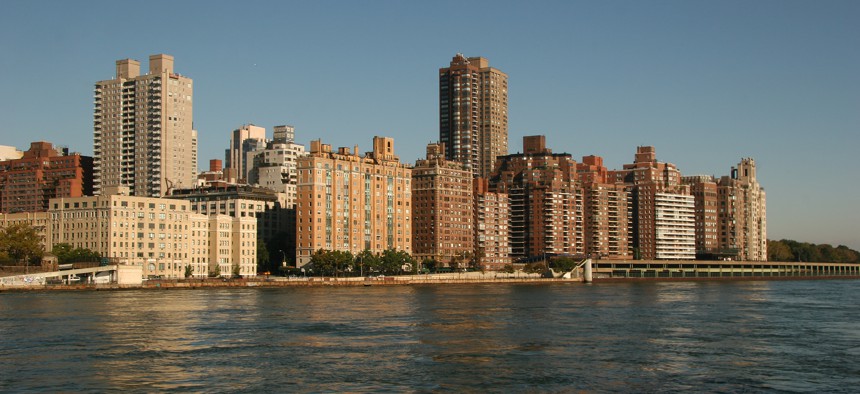New York City Residents Getting Direct Say in How $25 Million Is Budgeted

Residents on Manhattan's Upper East Side will help decide how funding is spent through the participatory budgeting process. Kazela / Shutterstock.com
“We, as a representative government, should respond and should listen to that vote,” the City Council speaker says.
Through participatory budgeting, a trending concept with a not-so-trendy name, voters in part of New York City will spend nine days choosing how to spend up to $1 million.
PB, for short, isn’t new. In Brazil, the city of Porto Alegre started using the budgeting process in 1989. Four New York City Council members adopted the process in 2011.
Now more than 1,500 cities worldwide use PB like Chicago, Boston and Vallejo, California, and this year, 24 New York City Council members are participating with more than $25 million taxpayer dollars to work with.
“We’re validating every voice in our community and saying, ‘You know what, whatever your position is, you live in our community. You have a right to decide,’” City Council Speaker Melissa Mark-Viverito says in a Participatory Budgeting Project video explainer.
“We, as a representative government, should respond and should listen to that vote,” she says.
Voters must be 16 or older, but undocumented immigrants and others traditionally lacking suffrage living in the community can participate.
The 2016 ballot for the council’s District Five, which covers part of Manhattan’s Upper East Side, includes funding options like $280,000 toward improving exterior lighting on the New York Public Library East 67th Street branch, $500,000 to build a green roof for environmental education at PS/IS 217, $385,000 for a community garden at Lexington Houses, $400,000 to renovate the John Jay Park basketball courts, and $150,000 to put in bus bulbs along East 86th Street—along with 11 alternatives.
Around 40 proposals were narrowed down and refined into the full budget proposals on the ballot starting in September with neighborhood assemblies. Neighborhoods select delegates, who in turn form committees in November tasked with creating proposals alongside city staff.
February and March were set aside for public feedback, where proposals can be tweaked, before the April 11-19 voting period. Projects can take several years to finish.
The money spent is council member capital discretionary funds that are designated for physical infrastructure.
Councilmember Ben Kallos, who represents District Five and chairs the council’s Governmental Affairs Committee, email blasted his constituents on Wednesday, reminding them of mobile voting locations.
“Participatory budgeting gives people real power over real money to make the decisions that affect their lives,” Josh Lerner, executive director of the project, says in the video. “It’s a democratic process in which ordinary community members directly decide how to spend part of the public budget.”






